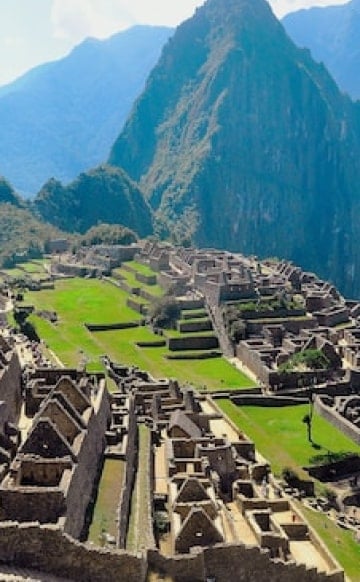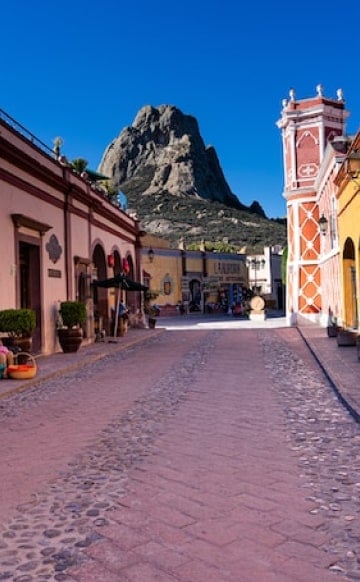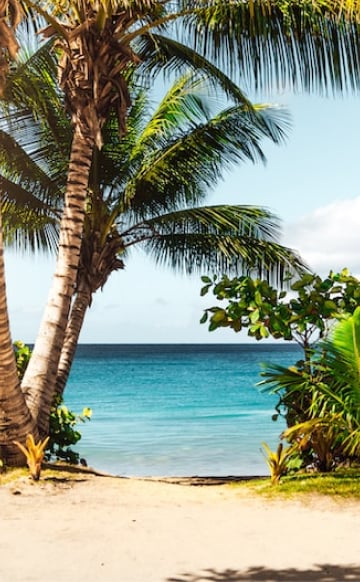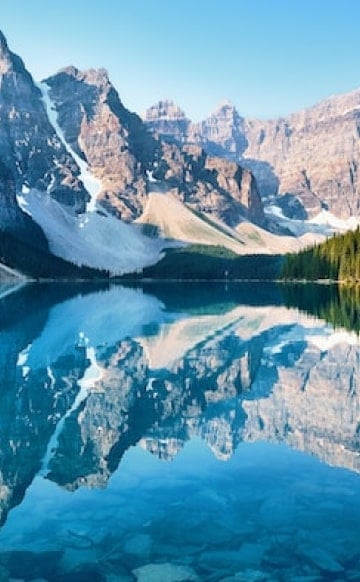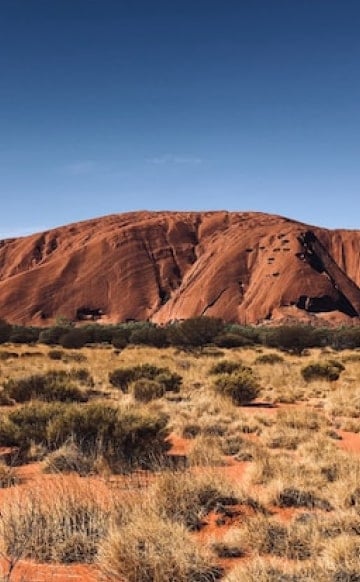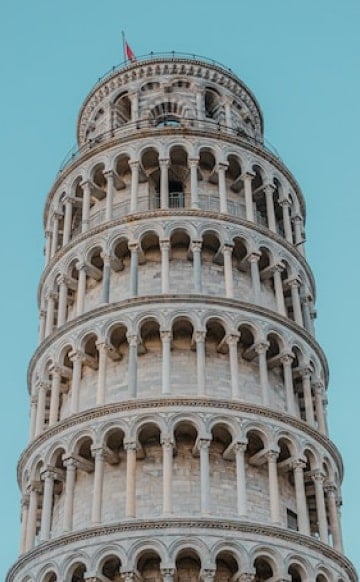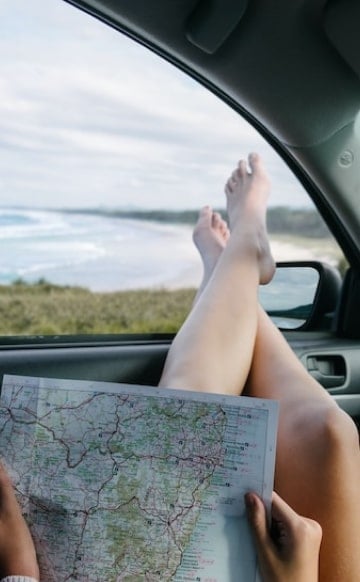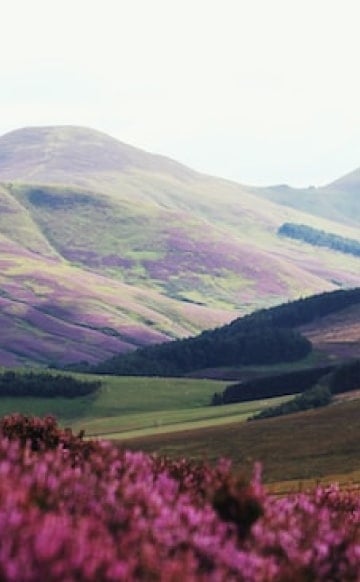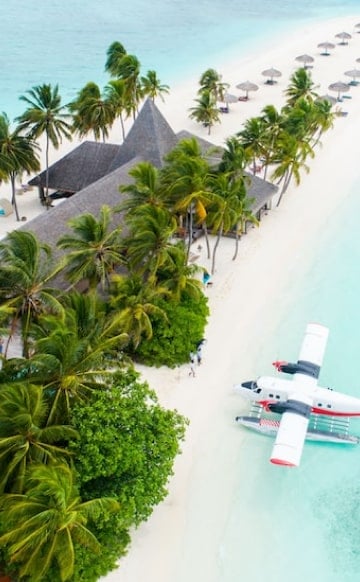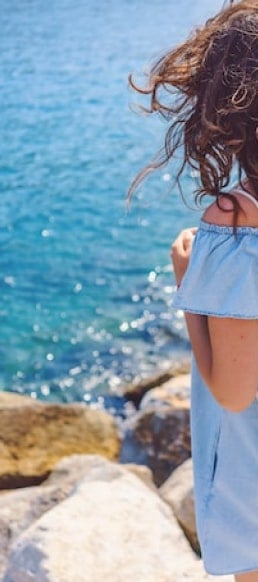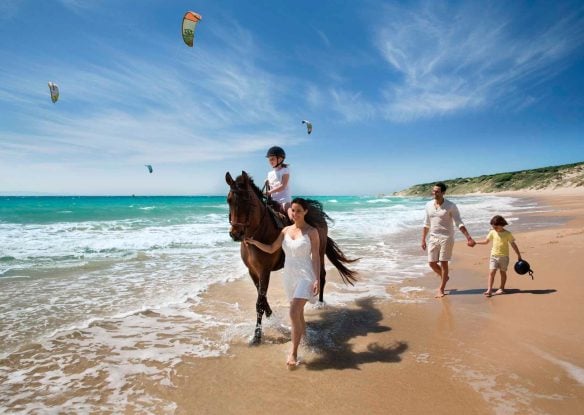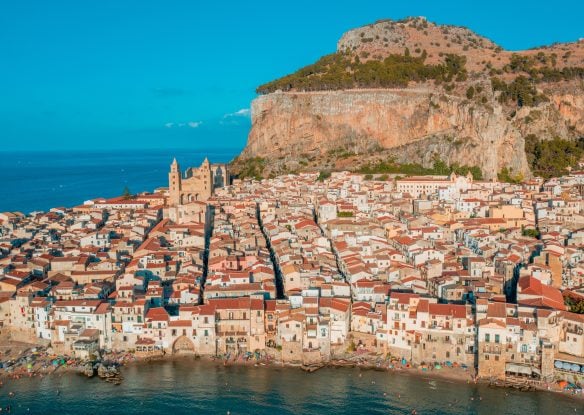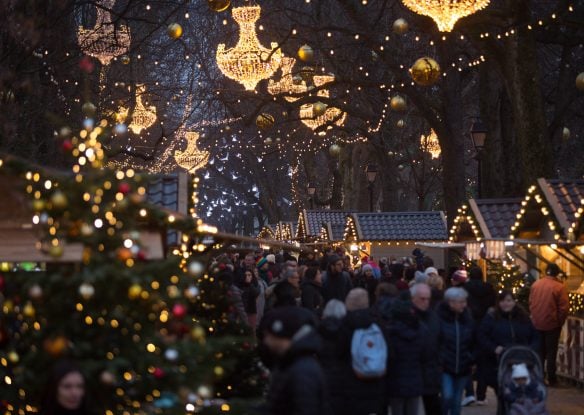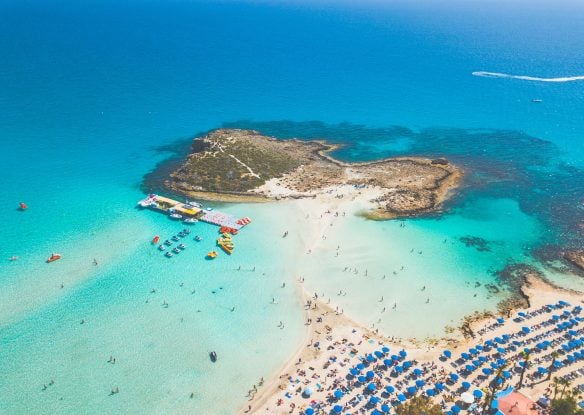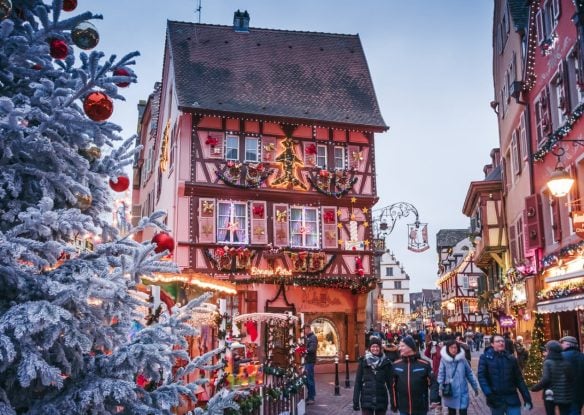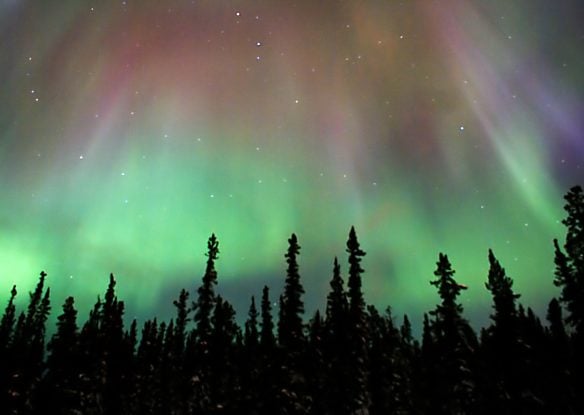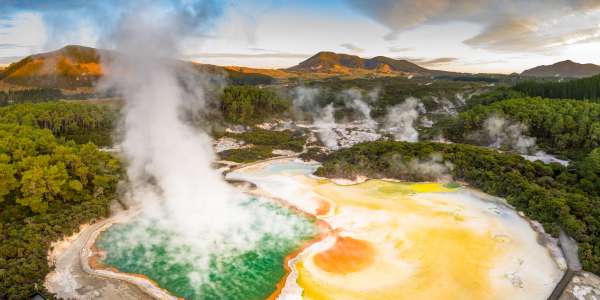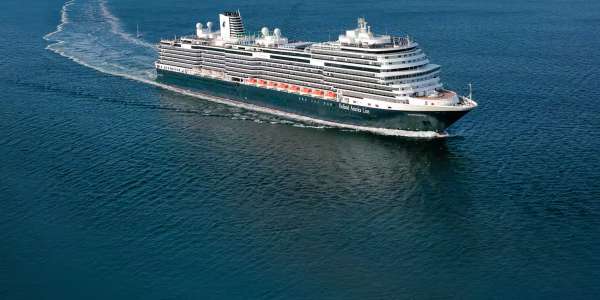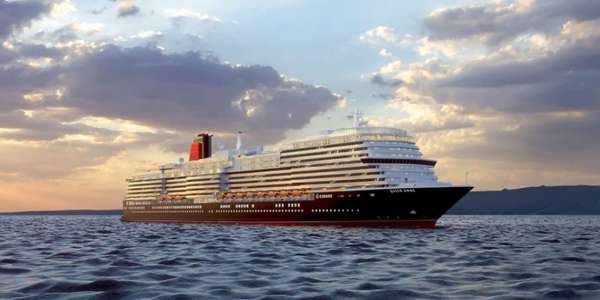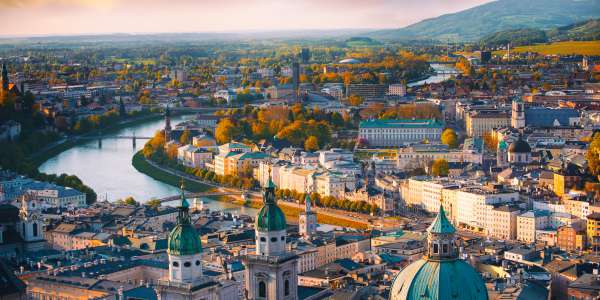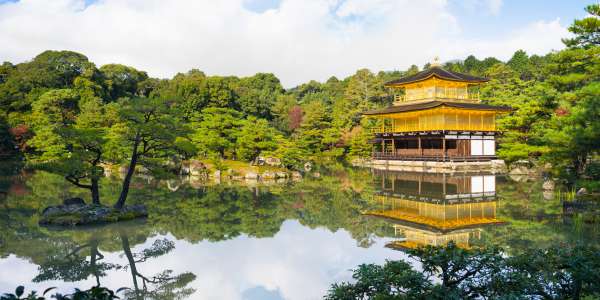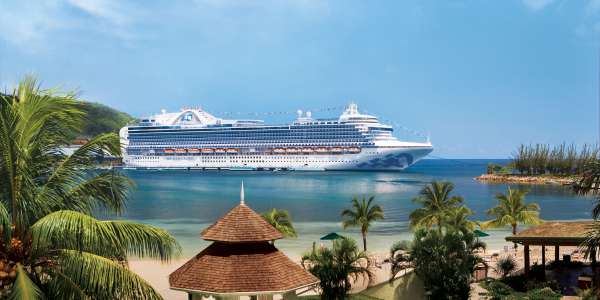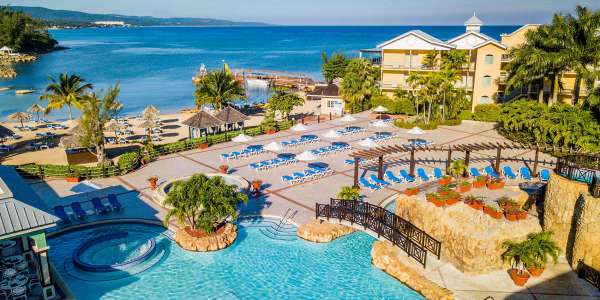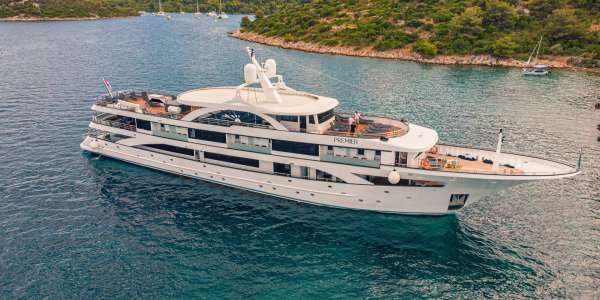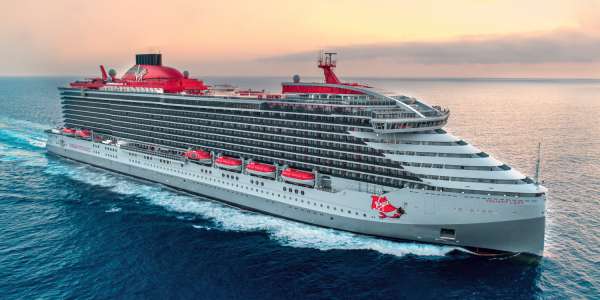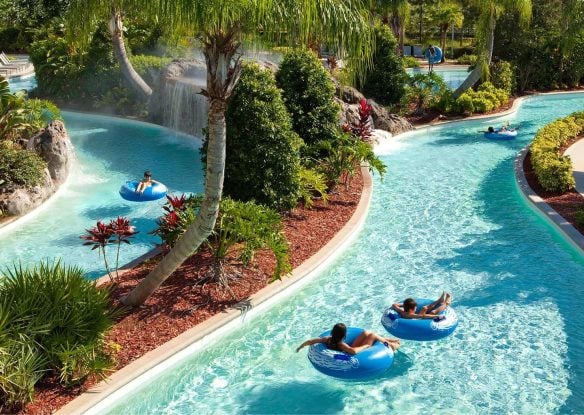During my over two decades of traveling, I’ve explored many awe-inspiring underwater worlds, with snorkeling a favorite activity combining entertainment and blissful relaxation. As the reimagining of “The Little Mermaid” animated classic is coming to theaters soon (May 26, 2023 in the U.S.), it might have you thinking more about life under the sea. It’s likely to inspire a whole new generation of fans who will want to know how to be part of that world too. With some of the coolest things to discover below the water’s surface, now is the perfect time to plan an escape around the planet’s best underwater sites, with these destinations sure to fit the bill.

Sea of Cortez - La Paz, Baja California Sur, Mexico
World-famous ocean explorer Jacques Cousteau called the Sea of Cortez the “world’s aquarium.” It separates the Baja California Peninsula from the Mexican mainland and the city of La Paz is one of the best bases for discovering its wealth of marine life. That includes whale sharks, dolphins, humpback whales, seahorses, octopi, stingrays, giant squid, and lots of colorful fish. While you can leap into the strikingly clear turquoise water on your own, there are boat tours that will bring you out to Espiritu Santo Island, a UNESCO-listed nature reserve, to snorkel among around 300 sea lions, including playful pups that like a good belly rub.

Great Barrier Reef - Port Douglas, Australia
Port Douglas, about an hour’s drive north of Cairns, is the ideal base for snorkeling tours that will bring you out to the world’s oldest and largest living coral reef, the Great Barrier Reef which includes over 2,900 individual reefs, and a nearly endless list of marine creatures from exotic fish, sea turtles, and rays to giant clams, dolphins, and sharks. When you aren’t in the water, enjoy the gorgeous sands at Four Mile Beach and the leafy streets in town, lined with charming cafes, upscale shops, and galleries.

The Galapagos Islands
Spending time underwater, whether snorkeling or diving, is one of the top things to do in the Galapagos, one of the world’s best destinations for wildlife lovers, including those who want to see marine life. You might find yourself swimming right next to a marine iguana, an adorable Galapagos penguin, or a curious sea turtle. There is a wide range of colorful reef fish too. The visibility is at its best from December through May, which is the warmer, wetter season, but you can still see plenty between June and November as the Humboldt current brings rich nutrients to the area, which provides a feast not only for marine life but the archipelago’s many birds. Some of the top spots include Tortuga Bay on Santa Cruz Island and Kicker Rock on San Cristobal, where stingrays, eagle rays, eels, and whitetip sharks often make an appearance.

Roatan, Honduras
The largest of the Bay Islands in Honduras, Roatan sits on the backbone of volcanic rock, ringed by the second-largest coral reef on the planet. It’s become world-renowned for its crystal-clear blue seas, a premier site for snorkeling and diving. Thanks to the excellent conditions for coral growth, there are a wide variety of species that can be seen here. The bleached ivory sand bottom is punctuated by Elkhorn coral, and an extensive array of tropical fish can be seen, including parrotfish, angel fish, butterfly fish, and iridescent damsels. There are healthy populations of snapper and group, and you might see large schools of blue tang and creole wrasse.

Catalina Island, California
Located about 20 miles off the Southern California coast via a one-hour boat trip from Long Beach, Catalina Island is one of the best places to snorkel or dive in the continental U.S. It has a Mediterranean feel with a similar climate and is surrounded by pristine, clear water inhabited by abundant marine life. Two of the best spots are Casino Point and Lover’s Cove with the latter boasting one of the heaviest concentrations of fish found anywhere off the west coast. Look for sea fans, anemones, purple hydrocoral, sheephead, garibaldi, horn sharks, and leopard sharks.

Great Blue Hole, Belize
Located about 60 miles from Belize City on the mainland, Lighthouse Reef is home to magnificent coral and shallow turquoise waters that include an over 400-foot vertical drop known as the Great Blue Hole. A UNESCO World Heritage Site, it’s perfectly circular with a nearly 1,000-foot diameter. The farther down you can go, the clearer the water and the more stunning the rock formations become. You’ll see stalactites and all sorts of marine species, including colorful fish and sea turtles. Caribbean reef sharks and the occasional hammerhead shark can be seen too. Jacques Cousteau explored the Blue Hole in the 1970s and declared it to be one of the world’s top ten best dive spots.

Tulum, Mexico
The Yucatan Peninsula is renowned for its cenotes with around 7,000 of them, although one of the best is located near Tulum. Dos Ojos, which translates to Two Eyes, is a cavernous cenote with double entry points that gave it its name. It was featured in the 2001 IMAX film “Journey Into Amazing Caves” as well as an episode of BBC’s “Planet Earth.” It’s part of one of the world’s most famous underground river systems which stretches over 50 miles. Exploring the underwater cavern, you’ll see beams of sunlight shining through cracks in the ceiling that illuminate the remarkable geological formations and the strikingly clear blue water.

Champagne Reef, Dominica
Dominica is known as the “Nature Island of the Caribbean,” with much of it still undeveloped. The lush landscapes include everything from numerous waterfalls and rivers to volcanic hot springs and unspoiled rainforest, although the underwater beauty is just as impressive, particularly at Champagne Reef. Here, the subterranean geothermal activity pushes up through tiny cracks in the sea floor, filling the water with small, warm bubbles, giving the reef its name. You’ll feel as if you’re swimming in your own giant bottle of bubbly while snorkeling among parrotfish, frogfish, lobsters, and frogfish, along with brilliant gardens of hard and soft coral.

Trunk Bay - St. John, US Virgin Islands
Trunk Bay is one of the best snorkeling spots on the lush island of St. John in the US Virgin Islands, particularly around the small cay that sits just 30 yards off the picture-perfect beach. It’s surrounded by fragile coral reef, so don’t get too close. From here, you can follow the 225-yard-long Trunk Bay Underwater Trail which includes underwater signs where you’ll learn more about the marine life here. There are sea turtles, eagle rays, squid, trunkfish, parrotfish, monkfish, spotted goatfish, the Bermuda chub, and more.

Silver Bank, Dominican Republic
Located about 60 miles north of the Dominican Republic, remote Silver Bank is one of the few breeding and calving zones for the North Atlantic humpback whale. There are anywhere from 5,000 to 7,000 humpback whales that pass through every winter to mate and calve, bringing the rare opportunity to swim with one of these majestic animals. You’ll be able to watch as the 30-ton whales launch themselves into the air and then duck into the warm, tropical water for an experience few ever get to enjoy.

Bloody Bay Marine Park - Little Cayman Island, Grand Caymans
While Little Cayman is only a mile wide and 10 miles long, it offers some of the world’s best snorkeling and diving. The human population is less than 200 and combined with the lack of development, the reefs thrive. Bloody Bay Marine Park ensures continued protection of one of the planet’s most breathtaking underwater attractions, a coral cliff. While floating in the translucent waters at Three Fathom Wall, you’ll see numerous fish swimming around the bottom and are likely to spot a hawksbill turtle too. The walls of Bloody Bay are teeming with healthy creatures, including tangles of rope sponges, gigantic barrel sponges, and webs of soft corals.

Caño Island Biological Reserve - Cano Island, Costa Rica
The Caño Island Biological Reserve on Cano Island is about 13 miles from the Osa Peninsula and boasts some of the clearest, brilliant blue waters in all of Costa Rica while being inhabited by an astonishing array of marine life. Thanks to the incredible underwater visibility, you can see everything from sea turtles, white-tipped sharks, stingrays, moray rays, and manta rays to moray eels, barracudas, tuna, snapper, and even dolphins, humpback or pilot whales. To get there, you’ll need to take a boat – if you leave from Uvita, boats depart from Marino Ballena National Park, a stunning natural reserve. Most leave early and come back in the afternoon, with the 90-minute ride bringing the chance to spot whales and dolphins too.

John Pennekamp Coral Reef State Park - Key Largo, Florida
The Florida Keys offer a Caribbean-like experience without the need for a passport, and the islands are also home to one of the best spots in the continental U.S. for snorkeling: John Pennekamp Coral Reef State Park. The first underwater park to open in the U.S., it’s spread across 70 nautical miles and is home to the country’s only living coral reef. Here you can snorkel among a wide variety of tropical fish and sea turtles and even visit shipwrecks. This is a great place for beginners and families with children, as there are tours that include “how to snorkel” intro classes right aboard the boat. Masks, snorkels, and fins are available for rent too.

Molokini Crater - Maui, Hawaii
Molokini Crater is a small volcanic cone that’s just a few miles off the coast of Maui. The only Island Marine Sanctuary in Hawaii, it’s one of the top snorkeling and diving spots in the state with unsurpassed underwater visibility. There are numerous tours that can bring you here to swim among the thousands of tropical fish, including lots of yellow tang, butterfly fish, the famous Humuhumunukunuku apua’a, trumpet fish, trigger fish, and more. Those who don’t want to get wait and take a glass-bottom boat tour that provides a good glimpse of the underwater world.

Bunaken Island National Marine Park - Bunaken Islands, Indonesia
Bunaken Island is home to Bunaken Island National Marine Park, which includes five small islands that are renowned hotspots for snorkeling. The vibrant coral formations are teeming with marine life, including hundreds of different fish species, from the photogenic angelfish to trumpetfish, butterfly fish, huge porcupine fish, and sea turtles. The island can easily be reached by boat from Manado, the capital city of the Indonesian province of North Sulawesi.

